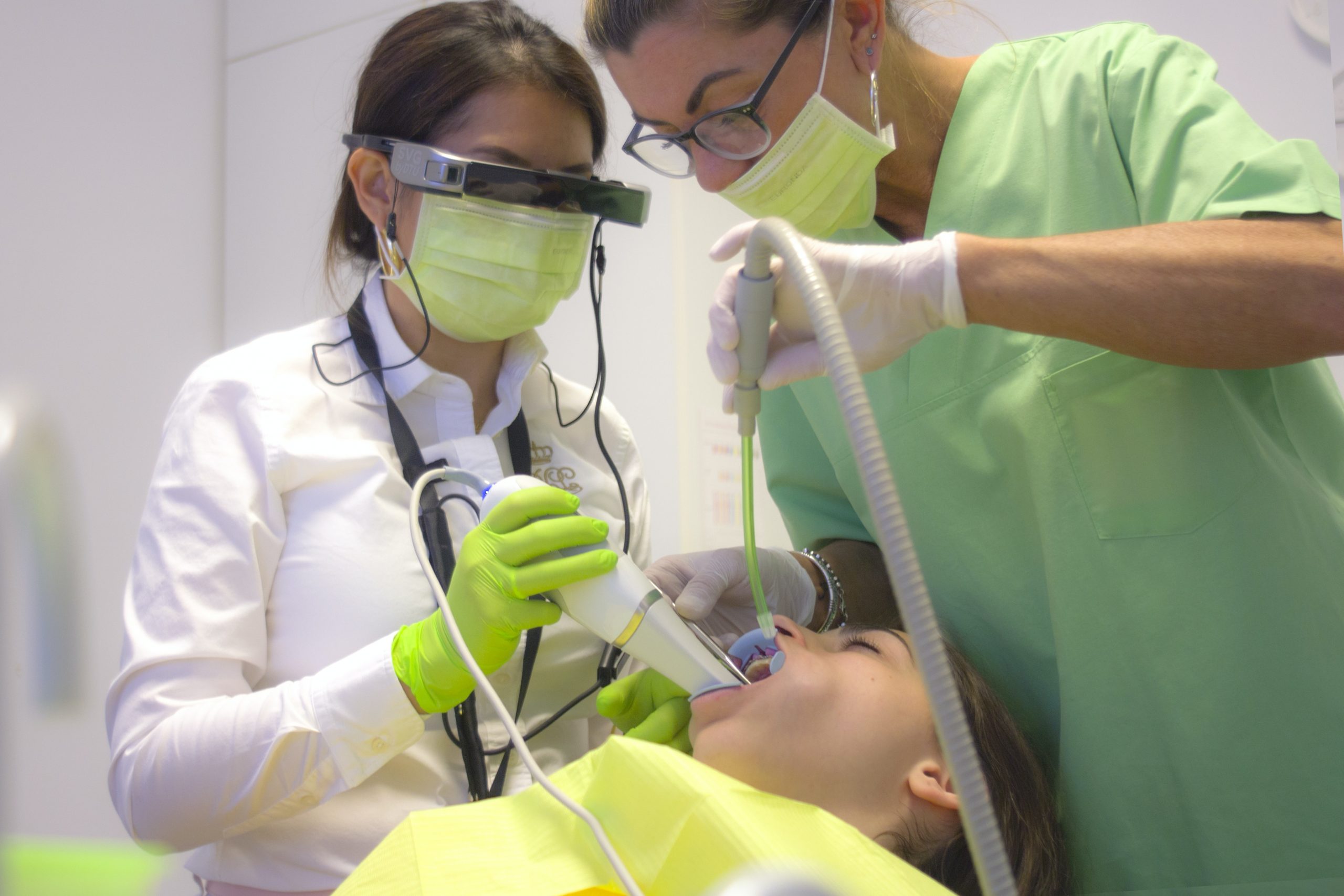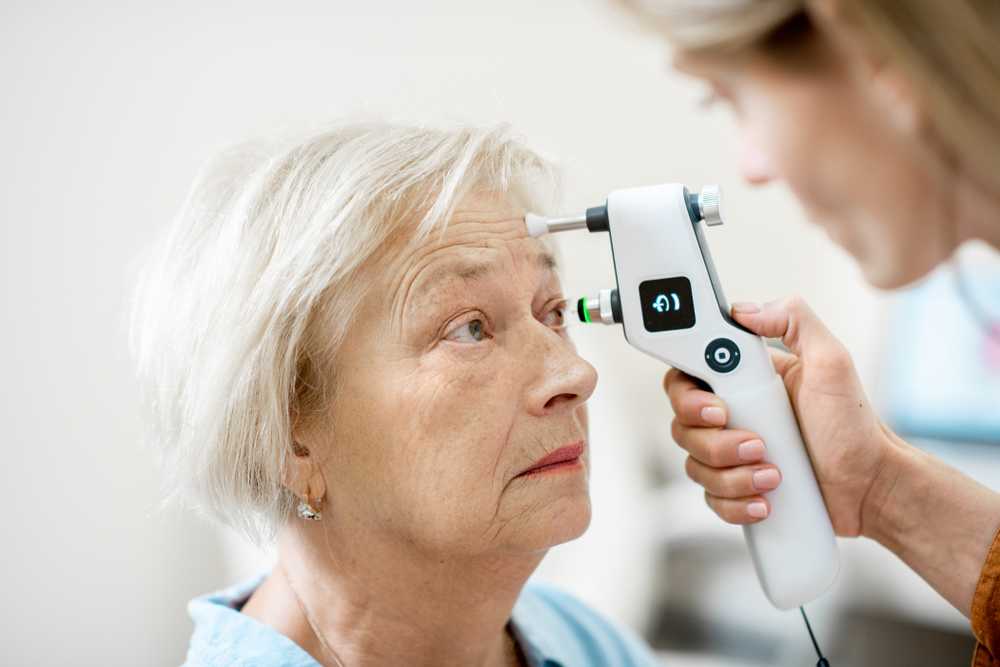
Universal Health Coverage and integrated management
The universal health coverage plan also aims to reduce the burden of expensive treatment in secondary and tertiary hospitals by investing in prevention and health activities in 1,500 health centers in India. According to Dr. WHO Director-General. Tedros Adhanom Ghebreyesus: “Universal health coverage includes not only health care but also health promotion, prevention and broader public health methods.
A strong platform for primary health care and the community’s shared commitment to the health system are at the core of universal health care.” Is there a design that can be expanded to meet the needs of the community? India’s severe shortage of health workers and health workers and "infrastructure in rural inland areas?" Can we create a community of volunteers called Swastika Sati with clear geographic coverage and clear family creation What is the responsibility of the health record? Is it okay for institutions like India Post to have a national presence and expertise? A valuable asset with a complete medical record database that protects family privacy? If they need technical assistance, they should easily provide internal support through the command and control centre, which is staffed with qualified medical professionals, ready to answer all inquiries in real-time. Another idea is to establish reliable real-time. A transparent technology platform with overall health information and logistics management. Faithful to the words of the doctor. The Director-General of the World Health Organization Tedros may be the missing clue to a comprehensive, forward and backward integrated primary health care platform integrated with the community and the health care system.
Will India take advantage of this opportunity? With the use of artificial intelligence, machine learning and other modern technologies, India's healthcare industry is on the cusp of a major digital transformation. Due to the severe inequality in the distribution of health care, the lack of qualified doctors, and related infrastructure deficiencies, the inadequate distribution of public funds has exacerbated people's lives. India has a population of more than 1 billion. The vast majority of people are connected via smartphones, but the impact of digital health technology is almost insignificant. Until this year, the rise in this number was mainly due to changes in consumers and behaviours caused by COVID. Healthcare in India. Let us look at the following trends as the main drivers of digital adoption in healthcare. Although the adoption of these technologies is slow, with the increase in technology penetration, population growth and cost reduction, India has great potential for digital healthcare transformation.
The digital transformation in the healthcare sector will accelerate India’s process of achieving universal health coverage and bring many economic opportunities to all participants. The catalyst for all stages of healthcare, from data tracking to the prevention of epidemics through timely medical interventions. When we interact with healthcare professionals, in addition to sharing data between providers, we also need to make decisions about our treatment plan and overall health outcomes. Many aspects of digital integration in healthcare. Follow the route. Economic opportunities for each participant. The ongoing pandemic has further intensified the role of digitalization in healthcare. Although many people are eager to return to the days before the medical pandemic, the "new normal" has not disappeared. The transition from digital health to information health will be the same. In the next few years, health care workers will either flourish or die because they can adapt to the new norms, which usually leads to a jump in India’s health curve.











